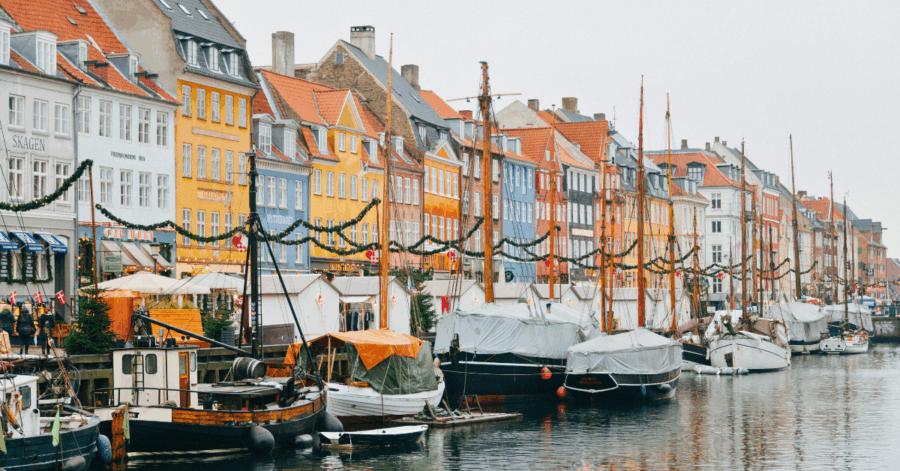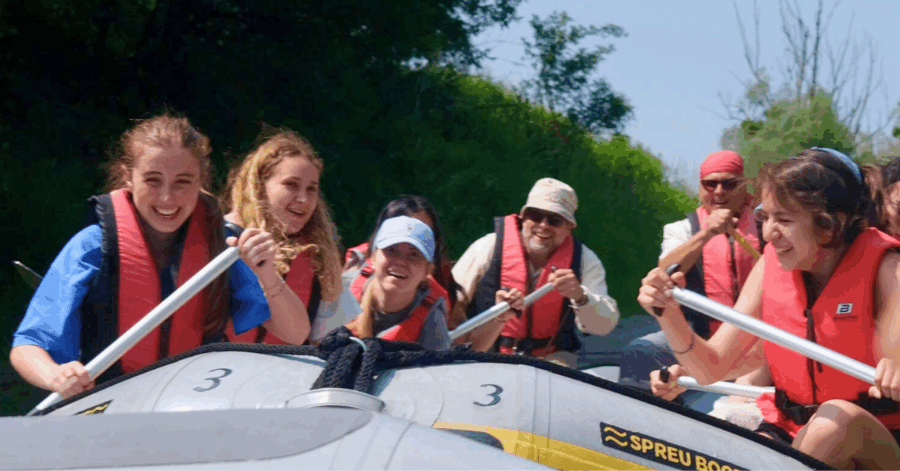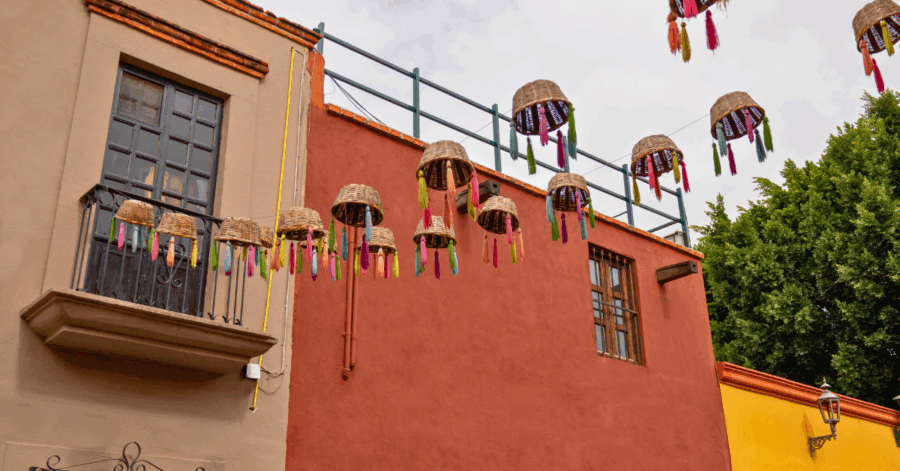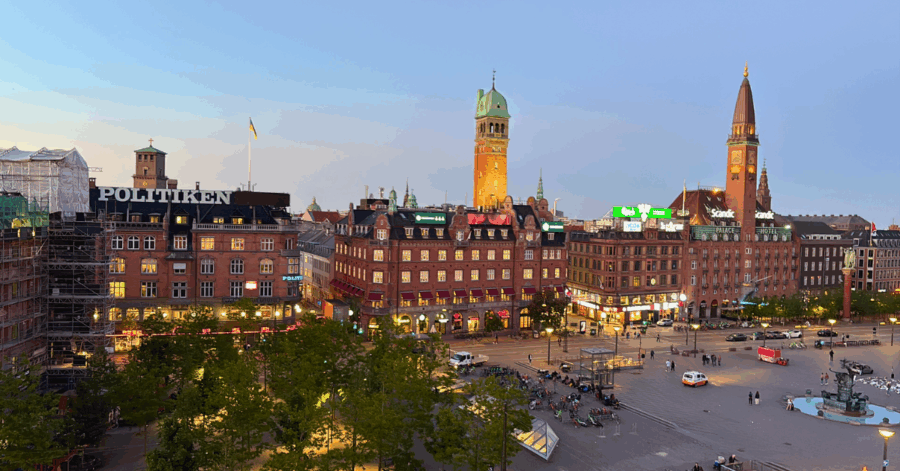Before setting out to Brazil to enjoy a semester abroad, I looked forward most to living the Brazilian culture. I was not aware that I was about to embark on a journey through which I would learn about other cultures, too. This semester, I am studying abroad in Fortaleza, Brazil with SIT’s Brazil: Social Justice and Sustainable Development program. Through this program’s classes and my homestay experience I have learned about Brazil’s social problems,the sustainability of human relationships and the Portuguese language.
All 12 of the students taking part in this program study at American institutions, but we hail from different places and claim varied backgrounds. Together we represent countries such as Colombia, the Dominican Republic, Saint Lucia, Mexico, Brazil, and the United States. Through my peers I am learning about other cultures and lifestyles. For example, I am Mexican American and speak Spanish, but my Spanish is quite different from the Spanish my Colombian and Dominican friends in the program speak. We amuse ourselves finding out the things we call by different names and learning about the varied expressions we use. For popcorn, you say cocaleca, I say palomitas, he says pipoca. We relish in showing off our country’s dances and music; we teach each other salsa, cumbia, samba and forro. We unite in talking about what foods we miss the most, whether that be burgers or tacos; pizza, thankfully, is very popular in Brazil. Our friend who has a Brazilian dad (and therefore the best grasp on the Portuguese language) has served as our interpreter too many times. Through our differences, we unite to learn about each other and Brazil.
Brazil itself has quite the mixture of cultures. The country’s population is made up by Brazilian natives, Portuguese descendants – Portugal colonized this territory in 1500 – and the largest population of African descendants outside of Africa, due to the slave trade imposed by the Portuguese. This mix of Portuguese immigrants, natives, and African slaves led to miscegenation and a population of people from mixed ethnicities. Later, other migration streams brought German, Japanese and other immigrants to contribute to the country’s cultural makeup. Through my program, I learned to use a post-colonial theory to analyze current social problems. Although it is sometimes hard to look past the legacies slavery and genocide have left in this country, I am learning that colonization has also led to a richness of cultures that unite people through music, religion, food, and other traditions to make one beautiful and unique country.
One day at the beach in Jericoacoara – a tourist town outside Fortaleza with one of the most beautiful beaches in the world – my friends and I had a conversation with an artisan selling bracelets and other handmade jewelry at the beach. As a group we stick out as foreigners, so he inquired where we were from. After hearing our varied answers, he told us about his life. He was born in Brazil but lived in Florida and California for more than 10 years. He has also traveled extensively in other Latin American countries, such as Mexico and Colombia. The vendor spoke English, Spanish and Portuguese quite fluently, and we switched between all three languages throughout our conversation, using certain words to express an idea or thought that perhaps only that language could express. Before he left to continue his rounds on the beach, he proclaimed he had never seen such a mix of cultures all together before. He said we were the United Nations gathered in Brazil.
I liked his sentiment because I agree that in a way, my classmates and I have all become ambassadors for our own countries. And although this journey has helped me understand that knowing where I come from is important, life is about more than that; it’s about growing as a person, accepting our fellow humans into our cultures and learning about theirs. While race, ethnicity, language and territorial boundaries have historically served to divide human populations, technologies and revolutions in ideas are now making it possible to see past our differences.






